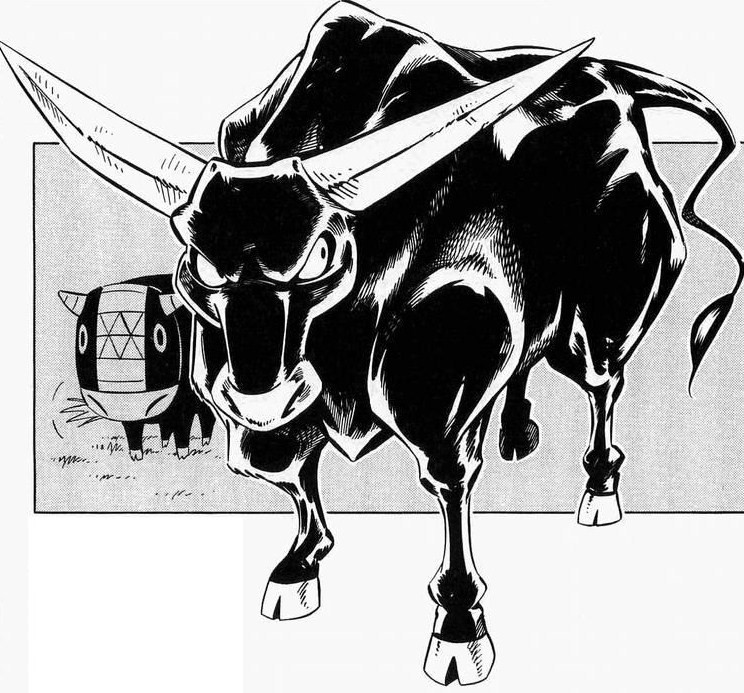
If better
methods of production are invented, profit increases at the previous price. The law of supply shows the positive relationship between the price of the commodity and the quantity supply of a commodity. The upward slope of the supply curve is supported by the following factors.
In other words the quantity supplied changes directly with price. The law explains a definite relationship between the prices of a commodity and its quantity supplied. In the above figure, the upward sloping line represents the supply line or supply curve of the firm. Different five combinations of price-quantity in the figure show price in the market and corresponding quantity supply of the product.
Law of supply
In the figure above OX axis shows quantity of demand and OY axis shows price. SS1 line is the line of supply when the price of the commodity is OP then quantity of supply is OQ. This law can be explained with the help of a supply schedule as well as by a supply curve based on an imaginary figures and data. The law of supply does not apply to precious, rare, or artistic items. For example, even if the price increases, the number of rare items like the Mona Lisa artwork cannot be increased.
If there is an increase in tax rates, then the supply of product would decrease even at the higher price. Therefore, for the application of law of supply, it is necessary that government policies should remain constant. Further, the law assumes that there are no changes in the prices of other products. If the price of some other product rises faster than that of the product in consideration, producers might transfer their resources to the other product—which is more profit yielding due to rising prices.
Definition of Law of Supply
The basic aim of producers, while supplying a commodity, is to secure maximum profits. When price of a commodity increases, without any change in costs, it raises their profits. So, producers increase the supply of the commodity by increasing the production. On the other hand, with fall in prices, supply also decreases as profit margin decreases at low prices. Assumes that the price of a product changes, but the change in the cost of production is constant. This is because if the cost of production rises with increase in price, then sellers would not supply more due to the reduction in their profit margin.
- Government policies like—taxation policy, change policy, etc., should stay steady.
- In this diagram price is taken on Y axis and quantity supplied is measured on X axis.
- So, the farmers could not wait for the applications of the law of supply.
- There is, however, an important difference between the reaction of quantity supplied and that of quantity demanded to changes in price of a good.
When we draw a supply curve we assume that the prices of other products remain unchanged. Now, any change in the prices of other products would influence the supply of a product by causing substitution of one product for another. In addition, the number of suppliers available, the level of competition, the state of technology, and the presence of government support or restriction will play important roles. For certain products like agricultural commodities, supply is also impacted by things like weather and crop yields. The law of supply is the microeconomic law that states that, all other factors being equal, as the price of a good or service increases, the quantity of goods or services that suppliers offer will increase, and vice versa. It is also assumed that the taxation policy of government does not change.
Backward slopping supply curve BS ‘ part represents supply curve is bending at B. This curve is also known as an “Exceptional Supply Curve” as such a thing happens only in some exceptional cases like—labour supply or savings. Alternatively, it can lease greater employees and growth the supply of bread. Or, in some instances, the store may additionally grow charges and use those more income to put money into a new bread maker.
Expectation of change in prices
Thus, the production of agricultural products cannot be increased beyond a limit. Therefore, even a rise in price cannot increase the supply of these products beyond a limit. Assumes that there is no speculation about prices in future, which otherwise can affect the supply of a product.

This implies that quantity supplied of the commodity at each price will decrease as shown by the shift of the supply curve to the left. First, the law of supply assumes that firms operate in a competitive market structure and no individual firm has a monopoly over the production of the commodity. The higher, price cost per unit of a product output makes it more profitable to expand more output and offer more quantity of the product for sale in the market. Thus, the high price of a product serves as an incentive for the producer to produce more of it. The higher the price, the greater the incentive for the firm to produce and supply more of a commodity in the market, other things remaining the same.
Determinants of Demand: What, Definition, Example
Under this situation and circumstances, more of the product in consideration may not be supplied, despite the rising prices. With the improvement in technique if the cost of production is reduced, the seller would supply more even at falling prices. It suggests with the supply schedule, that the market supply tends to expand with the rise in price and vice-versa. Similarly, the upward slopping curve also depicts a direct co-variation between price and supply. The supply of a commodity in the market at anytime is also determined by sellers’ expectations of future prices. If, as happens during inflationary periods, sellers expect the prices to rise in future, they would reduce supply of a product in the market at would instead hoard the commodity.
Pure to Pure Signs Definitive Agreement to Acquire 51% of SunSeal™ – Yahoo Finance
Pure to Pure Signs Definitive Agreement to Acquire 51% of SunSeal™.
Posted: Wed, 09 Aug 2023 13:11:00 GMT [source]
The positively sloping curve depicts the direct relationship between price and supply. Refers to the fact that the supply of a product decreases instead of increasing in present when there is an expected increase in the price of the product. In such a case, sellers would not supply the whole quantity of the product and would assumptions of law of supply wait for the increase in price in future to earn high profits. Maximising profits is the primary goal of producers when they supply a good or service. Their profits grow when the price of a commodity rises without a change in costs. Therefore, by increasing production, manufacturers increase the commodity’s supply.
On the other hand, as price fall, supply also declines since low price result in lower profit margins. The law supply is a law that states that the supply of goodwill increase as its price decreases. In other words, when the price of a good goes down, the quantity supplied will go up. This law is based on the assumption that producers are eager to make a profit and will produce more of a product if they can sell more of it for less money.

Supply curve is therefore, a graphic representation of what quantities of a good will are offered for sale at all possible prices. Supply curve depicts the sellers’ quantity reactions to various prices. Thus the quantity supplied, like the quantity demanded, is a function of price. The cost of production increases due to increase in quantity supplied. It is
necessary to increases price to maintain or increase the level of profit. Therefore, there is a direct relationship between price and quantity supplied.
In this diagram price is taken on Y axis and quantity supplied is measured on X axis. Answer is simple, lets SS is a supply curve slope upward from left to right because a direct relationship between price and quantity supplied. It is because of the relationship between price of a commodity and its quantity supplied. In the law of supply “other things remaining the same” is an important statement. It means all the factors except price which can occur change in supply. It is assumed that the price of the product changes, but there is no change in the cost of production.
In such cases, the supply of a product falls with the increase in price of a product at a particular point of time. Refers to a supply schedule that represents the different quantities of a product supplied by an individual seller at different prices. The law of supply reflects the general tendency of the sellers in offering their stock of a commodity for sale in relation to the varying prices. The law of supply is not valid if sellers expect a fall in the price in the future. The sellers will be willing to sell more in this situation, even at a cheaper price.
- However, in certain cases, positive relationship between supply and price may not hold true.
- The law of demand according to which the demand for a commodity is inversely related to its price.
- Similarly, the imposition of an excise duty or sales tax on a commodity means that each quantity will now be supplied at a higher price than before so as to cover the excise duty or sales tax per unit.
- After a certain point, the rise in wages does not increase the supply of labour.
The hoarding of huge quantities of goods by traders is an important factor in reducing their supplies in the market and thus causing further rise in their prices. There is, however, an important difference between the reaction of quantity supplied and that of quantity demanded to changes in price of a good. As demand is defined as a schedule of the quantities of good that will be purchased at various prices, similarly the supply refers to the schedule of the quantities of a good that will be offered for sale at various prices. To be more correct, supply of a commodity is the schedule of the quantities of a commodity that would be offered for sale at all possible prices during a period of time, for example, a day, a week, a month and so on.